
- INTRODUCTION
In the vast and diverse legal landscape of India, the judicial system is grappling with a colossal backlog of cases, posing a formidable challenge to the delivery of timely justice. As of January 2024, the District Judiciary alone is burdened with approximately 44.79 million pending cases, while the High Courts face a backlog of 6.2 million cases. The Supreme Court of India, not immune to this predicament, had 69,766 cases pending in the Supreme Court, as on July 1, 2023. This situation underscores an urgent need for alternative dispute resolution (hereinafter “the ADR”) methods that are faster, less costly, and more flexible than the conventional adversarial system.
The Mediation Act, 2023 represents a significant shift in India’s approach to dispute resolution, leveraging technology to improve access to justice. This paper examines online mediation within the context of this Act, tracing the evolution of mediation in India and analyzing the Act’s provisions to understand its potential in creating an effective online mediation framework. Furthermore, the paper addresses the challenges and opportunities of digitalizing mediation, focusing on issues like accessibility, affordability, and the digital divide, and their impact on the effectiveness of online mediation.
- HISTORICAL OVERVIEW OF MEDIATION IN INDIA
Historically, mediation, conciliation, and arbitration predate the adversarial legal system introduced by the Anglo-Saxon influence. In pre-colonial India, these practices were widely recognized and esteemed among the business community. Notably, the Mahajans—esteemed and neutral businessmen—played a crucial role in resolving merchant disputes through mediation, especially in Gujarat, a western province of India. Their mediation, often conducted at business hubs, was crucial for maintaining harmony within business associations. A unique aspect of their system was the blend of mediation and arbitration, akin to what is known in the Western context as Med-Arb, despite lacking formal legal recognition.
With the advent of British control in India around 1753 and the establishment of British-style courts by 1775, the indigenous practices of dispute resolution were largely sidelined in favour of the British legal system. This shift was underpinned by a clash between British and Indian values—the former favouring definitive judgments and the latter encouraging compromise and reconciliation. Over approximately 250 years of British rule, the British judicial system became the primary mode of justice delivery in India, even being celebrated for its integrity post-India’s independence in 1947. However, as India’s commerce, trade, and industry witnessed exponential growth in the 21st century, the limitations of the British-inherited judicial system became apparent. This system, originally developed during England’s feudal and agrarian era, struggled with the modern demands of a rapidly expanding society and economy.
The burgeoning of civil litigation, spurred by increased business opportunities, population growth, new legal rights, and the government’s significant role as a litigant, led to unprecedented court congestion. This inefficiency prompted individuals to seek alternatives to formal litigation, mirroring trends in other democratic nations facing similar challenges.
Thus, the mediation evolved from a widely accepted yet informal practice among Indian businesses to its overshadowing by the British legal system, and finally, to its resurgence and formal recognition as a vital part of dispute resolution in modern times. This shift reflects a movement towards embracing the ADR mechanisms as essential components of a comprehensive and accessible justice system.
- STATUTORY ACKNOWLEDGMENT OF MEDIATION PRACTICES IN INDIA
Mediation in India has been formally acknowledged in the legal framework starting with the Industrial Disputes Act of 1947, which introduced the concept of conciliators to help resolve industrial disputes. This marked the first legislative endorsement of mediation, setting a precedent for its inclusion in subsequent legal reforms and Acts.
Earlier, arbitration was recognized as a formal dispute resolution mechanism with its roots tracing back to 1879, and it was incorporated into the Civil Procedure Code of 1908. However, the enactment of the Arbitration Act in 1940 led to the repeal of the arbitration provisions in Section 89 of the Civil Procedure Code, signifying a shift in the legislative approach towards arbitration and conciliation.
Significant progress was made with the enactment of the Legal Services Authorities Act in 1987, which established the National Legal Services Authority. This Act was instrumental in promoting the ADR methods such as negotiation, arbitration, and conciliation. The Arbitration and Conciliation Act of 1996 further solidified the framework for conciliation, addressing disputes from both contractual and non-contractual relationships and detailing the processes for initiating conciliation, appointing conciliators, and facilitating negotiations between parties. In 1999, amendments to the Code of Civil Procedure introduced Section 89, enabling the referral of ongoing court cases to ADR methods, including mediation. This amendment, effective from July 1, 2002, underscored the growing recognition of mediation as a viable solution to alleviate the backlog of cases in civil courts.
The enactment of the Mediation Act, 2023 represents a pivotal milestone in the legal recognition and institutionalization of mediation in India, building on the country’s rich history of incorporating mediation into its legal framework. The Act, by providing a structured and formalized approach to mediation, aims to further alleviate the pressures on the judicial system, promoting a culture of amicable settlement and reinforcing the importance of the ADR in the contemporary legal landscape. This legislation symbolizes the culmination of India’s progressive shift towards legal reforms that prioritize efficiency, accessibility, and the harmonious resolution of conflicts, reflecting a global movement towards embracing mediation as an essential component of a comprehensive justice delivery system. This Act not only underscores the importance of mediation in the fabric of India’s legal system but also establishes a robust framework for its practice, ensuring that mediation continues to serve as an effective tool for dispute resolution in the country.
- MEDIATION: CONCEPTUAL FRAMEWORK
Mediation is defined as a consensual and confidential process facilitated by a neutral third party, aiming to help disputing parties reach an amicable resolution through expert communication and negotiation techniques. The process is inherently voluntary, with the disputants having complete autonomy over deciding to enter into and agree on the terms of any resolution. The essence of mediation lies in its focus on the disputants as the primary decision-makers, ensuring they actively participate in resolving their conflict while the mediator guides the process without dictating the outcome. The structure of mediation, while informal and not bound by strict legal or evidentiary rules, follows a defined framework that allows for flexibility to adapt to the needs of the parties involved. It is essentially a facilitated negotiation, addressing not just the immediate legal or factual issues but also the underlying interests and relationships that may have contributed to the dispute. Mediation aims for solutions that are mutually satisfactory, acknowledging the needs, desires, and interests of all parties involved.
Mediation stands out for its efficiency, speed, cost-effectiveness, and the dignity it brings to the dispute resolution process. It is led by mediators who maintain impartiality and objectivity, employing specialized skills to help parties find common ground. The process is confidential and private, safeguarding the information disclosed within it from being used in future legal proceedings. Any settlements achieved can be formalized and become legally binding agreements, ensuring enforceability. In cases where mediation does not result in a settlement, the mediator’s report simply states the lack of resolution without attributing blame. Mediators are also protected from being compelled to testify about the mediation in court. Mediation can address not only the specific dispute at hand but also any related issues, offering a comprehensive approach to conflict resolution.
There are primarily two types of mediation: court-referred mediation, where cases currently in the judicial system are sent to mediation under specific legal provisions, and private mediation, where qualified mediators provide their services independently to resolve disputes both within and outside the court system. This flexibility allows mediation to be applied broadly across various stages of litigation and in pre-litigation scenarios, making it a versatile tool for dispute resolution.
In India, the “opt-in” paradigm and pre-litigation mediation are two distinct approaches to initiating the mediation process. Having a dispute resolution clause in contracts and using it either through institutional or ad-hoc mediation, court-refereed mediation under Section 89 of the Code of Civil Procedure, or special legislation such as Section 37 of the Consumer Protection Act, 2019 after the case has been filed in court falls under the first category; and Section 12A of the Commercial Courts Act is an example of mandatory pre-litigation mediation. In all of these cases, the parties decide whether or not to continue with the mediation processes; hence, mediation is always voluntary.
- ONLINE MEDIATION
Online Dispute Resolution (hereinafter “the ODR”) has emerged as a dynamic and efficient way to resolve disputes through digital means, offering a cost-effective alternative to traditional face-to-face mediation. This method involves conducting negotiations and meetings via video or teleconferencing platforms, with documents shared securely over the internet. Mediators in this setting guide the parties towards a mutually satisfactory agreement without forcing a resolution, ensuring that control over the dispute’s outcome remains with the disputing parties. The rise of e-commerce and the increasing familiarity of the public with online platforms have propelled the adoption and growth of ODR and online mediation. Since the late 1990s, various platforms have been developed to facilitate ODR for both consumer and business disputes. Examples include TaoBao, PayPal, and Square Trade, which use ODR for resolving online sales disputes, as well as other platforms like Cybersettle and ClickNsettle that enable parties to exchange settlement proposals electronically.
In India, the ODR has been evolving in recent times. Institutions like the Bangalore International Mediation, Arbitration and Conciliation Centre (BIMACC) and ODRways have pioneered in providing online mediation services, utilizing video conferencing and other online tools to facilitate dispute resolution. The Online Consumer Mediation Centre (OCMC), established at the National Law School of India University, represents another key initiative, leveraging technology to offer a modern infrastructure for consumer dispute resolution, emphasizing accessibility, confidentiality, and cost-efficiency.
Mediators in online settings employ specialized communication skills to help parties overcome impasses, with confidentiality being paramount. Successful online mediation relies on building rapport and trust among participants, emphasizing the voluntary and self-determined nature of the process. Despite criticisms regarding the lack of physical presence, online mediation offers several advantages, such as reduced travel costs and greater accessibility, making it an increasingly popular choice for resolving disputes in today’s digital age. Proper technological skills and adjustments are necessary to navigate the unique challenges of online mediation, ensuring that it remains a viable and effective method for dispute resolution.
- ONLINE MEDIATION UNDER THE MEDIATION ACT, 2023
The Mediation Act, 2023 is a progressive step by the Indian legislature to institutionalize mediation as a credible and effective dispute resolution mechanism. The Act provides a legal foundation for both offline and online mediation processes, acknowledging the evolving needs of the contemporary justice system. It outlines clear guidelines on the conduct of mediation, mediator qualifications, procedural norms, confidentiality aspects, and enforcement mechanisms for mediated agreements. The journey of the Mediation Bill began in the Rajya Sabha on December 20, 2021, followed by a detailed examination by the Standing Committee, which presented its 117th Report on July 13, 2023, including key recommendations. After approval from the Union Cabinet, the updated Mediation Bill of 2023 was passed by both houses of Parliament, receiving the President’s assent on September 15, 2023, and certain provisions came into effect in October 9, 2023.
The analysis of the preamble to the Mediation Act, 2023, highlights the Act’s strategic focus on enhancing mediation, particularly institutional and community mediation, as a primary method for dispute resolution in India. It underlines the significance of online mediation, promoted by the Act as an acceptable and cost-effective alternative, aiming to streamline dispute resolution processes. The Act also aims to enforce mediated settlement agreements, establish a regulatory body for mediator registration, and bolster community mediation efforts. This legislative initiative represents a pivotal move towards modernizing India’s dispute resolution framework, emphasizing the critical role of online mediation in improving access to justice, reducing costs, and making dispute resolution more efficient and accessible nationwide.
Section 3 (h) of the Act clarifies “mediation” as a process where parties aim for an amicable dispute resolution with the help of a third party, the mediator, who lacks the authority to enforce a settlement. This includes various forms such as pre-litigation, online, and community mediation, regardless of the terminology used. “Online mediation” specifically refers to the process outlined in Section 30, encompassing mediation conducted through electronic means.
Chapter VII on Online Mediation in the Act outlines the framework for conducting online mediation, including pre-litigation mediation, at any stage, provided there is written consent from the parties involved. This can utilize various electronic means such as encrypted email, secure chat rooms, or audio/video conferencing. The chapter specifies that the process and conduct of online mediation will be detailed further to ensure the integrity and confidentiality of the proceedings are preserved. Mediators are empowered to take necessary steps to maintain these principles. Additionally, the chapter emphasizes that all communications within online mediation must remain confidential, aligning with the Act’s broader provisions on mediation confidentiality.
Thus, the Mediation Act, 2023 provides a robust framework for conducting online mediation. It allows for the entire mediation process, from initiation to settlement, to be conducted through digital means. This includes electronic filing of cases, virtual meetings, digital document exchange, and electronic settlement agreements. The Act ensures that online mediation conducted under its provisions is as legally binding and enforceable as traditional in-person mediation. The Act also addresses concerns related to online mediation such as data security, privacy, and the digital divide. It mandates the use of secure digital platforms and adherence to data protection norms, ensuring the confidentiality of the mediation process. Additionally, the Act recognizes the challenges posed by the digital divide, especially in rural and underserved areas, and calls for initiatives to increase digital literacy and access, ensuring that online mediation services are inclusive and accessible to all segments of the population.
The incorporation of online mediation in the Mediation Act, 2023 has significant implications for access to justice in India. By reducing physical and logistical barriers, online mediation can cater to a wider population, including those in remote or underserved areas. It also presents an efficient alternative for resolving disputes quickly, which is crucial in a country grappling with judicial backlog and lengthy litigation processes.
Furthermore, online mediation under the Act has the potential to democratize access to justice by making dispute resolution less intimidating and more approachable for the common citizen. The ease and flexibility of online platforms can encourage more people to opt for mediation, thereby promoting a culture of amicable dispute resolution.
- CONCLUDING OBSERVATION
The Mediation Act, 2023 emerges as a pivotal legislation set to impact the Indian judiciary and dispute resolution significantly. It integrates online mediation into the legal framework, addressing the urgent need for efficient and widely accessible ADR methods. Rooted in India’s rich cultural and commercial heritage, mediation has evolved from traditional practices to formal legal recognition with the Act, marking a significant point in India’s legal evolution. This shift not only modernizes indigenous dispute resolution to meet current technological advancements but also empowers disputants to shape their conflict outcomes, with the Act facilitating this transition to the digital sphere to bridge geographical and logistical gaps and improve justice access.
In summary, the Mediation Act 2023 represents a strategic move to address judicial delays and enhance justice access, recognizing technology’s role in evolving legal practices and setting an example for global jurisdictions facing similar challenges. The Act’s provisions for online mediation represent a forward-thinking strategy aimed at leveraging digital platforms to facilitate dispute resolution processes, making them more flexible and widely accessible, especially in remote areas. This initiative is particularly pertinent in addressing the challenges posed by India’s diverse and vast geographical landscape, where access to justice can be hindered by physical and economic barriers. However, the Act also presents several challenges that need to be navigated to fully realize its potential. One of the primary concerns is the digital divide that may limit the accessibility of online mediation services to underprivileged and rural populations. Ensuring that these populations have the necessary technological access and literacy is crucial for the success of online mediation initiatives. Moreover, the Act calls for the establishment of a regulatory body for mediator registration, aiming to uphold the quality and integrity of mediation services. While this is a step in the right direction, the effectiveness of this measure will largely depend on the body’s ability to enforce standards, manage ethical considerations, and promote continuous professional development among mediators. Public awareness and perception of mediation as a legitimate and effective means of dispute resolution also pose a significant challenge. Overcoming cultural norms and skepticism towards non-traditional dispute resolution methods requires concerted efforts in public education and awareness campaigns to build trust and acceptance among the general populace. Furthermore, integrating mediated agreements, especially those concluded online, into the existing legal framework to ensure they are recognized and enforceable like court judgments is another critical aspect that needs careful consideration. This involves not only legal recognition but also practical mechanisms for enforcement that respect the confidentiality and amicability of the mediation process. To overcome these challenges and optimize the benefits of the Act, a multi-faceted approach is necessary. Enhancing the digital infrastructure to support online mediation, implementing comprehensive training programs for mediators to equip them with the necessary skills and sensitivities, and conducting widespread public awareness campaigns are essential steps. Additionally, ensuring that mediated agreements are seamlessly integrated into the legal system for easy enforcement will be crucial for the Act’s success. In conclusion, the Mediation Act, 2023, sets a promising foundation for transforming India’s dispute resolution landscape. By addressing the outlined challenges and leveraging opportunities for improvement, the Act can significantly contribute to making justice more accessible, efficient, and responsive to the needs of India’s diverse population.
Authored By:
Ms. Amlanika Bora
Assistant Professor, School of Legal Studies and Governance
Vidyashilp University, Bangalore







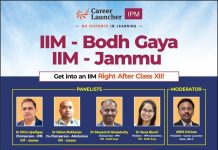



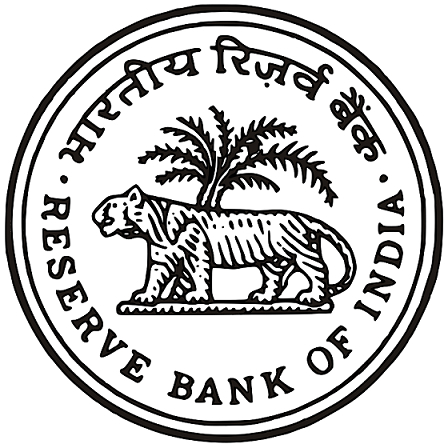

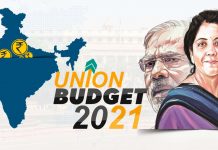

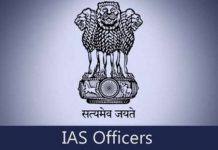
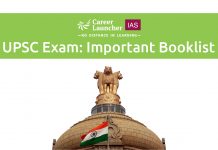











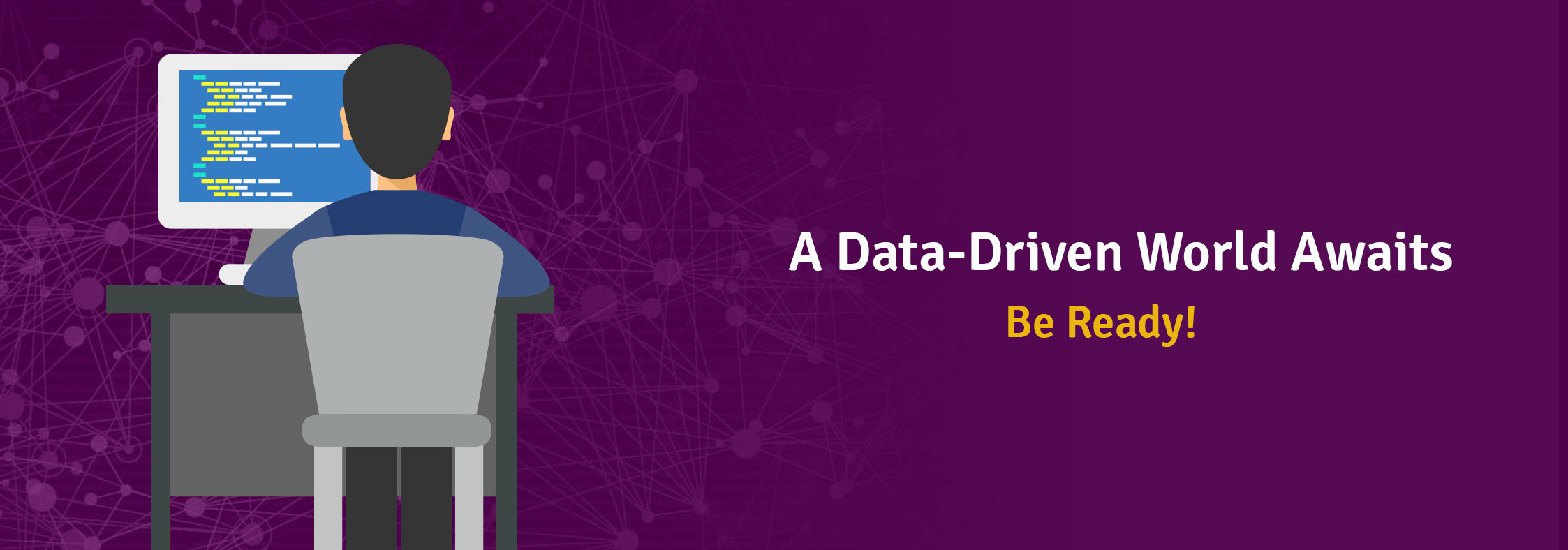
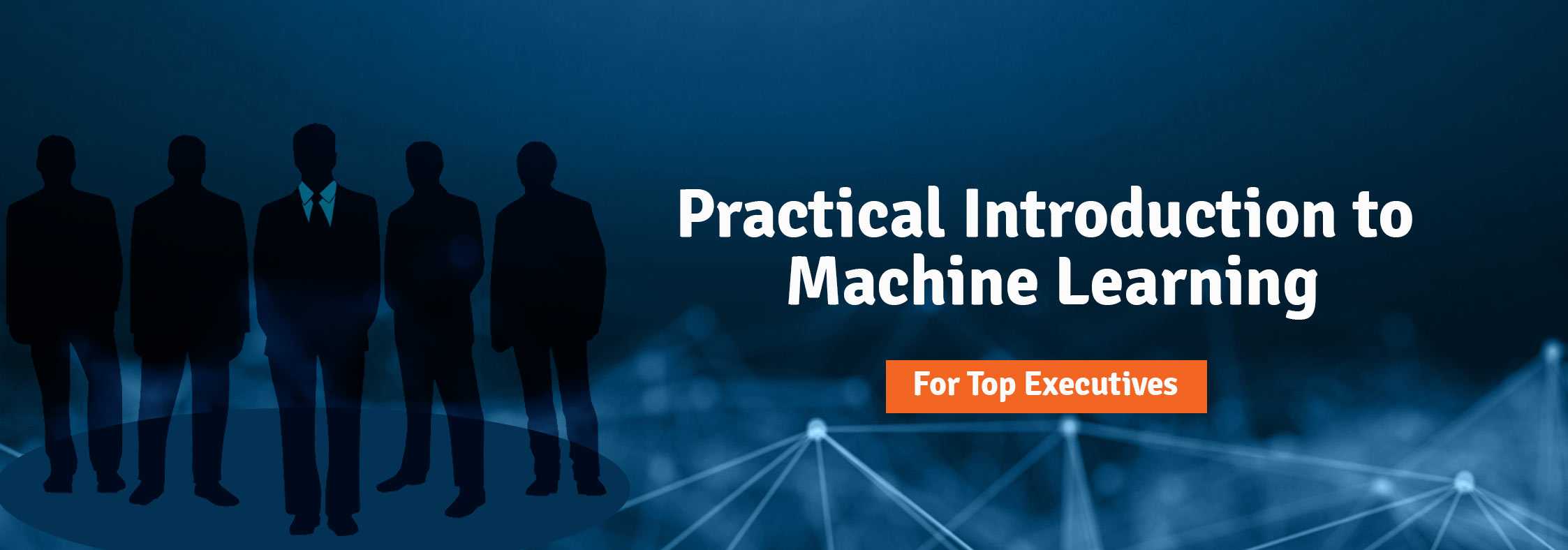











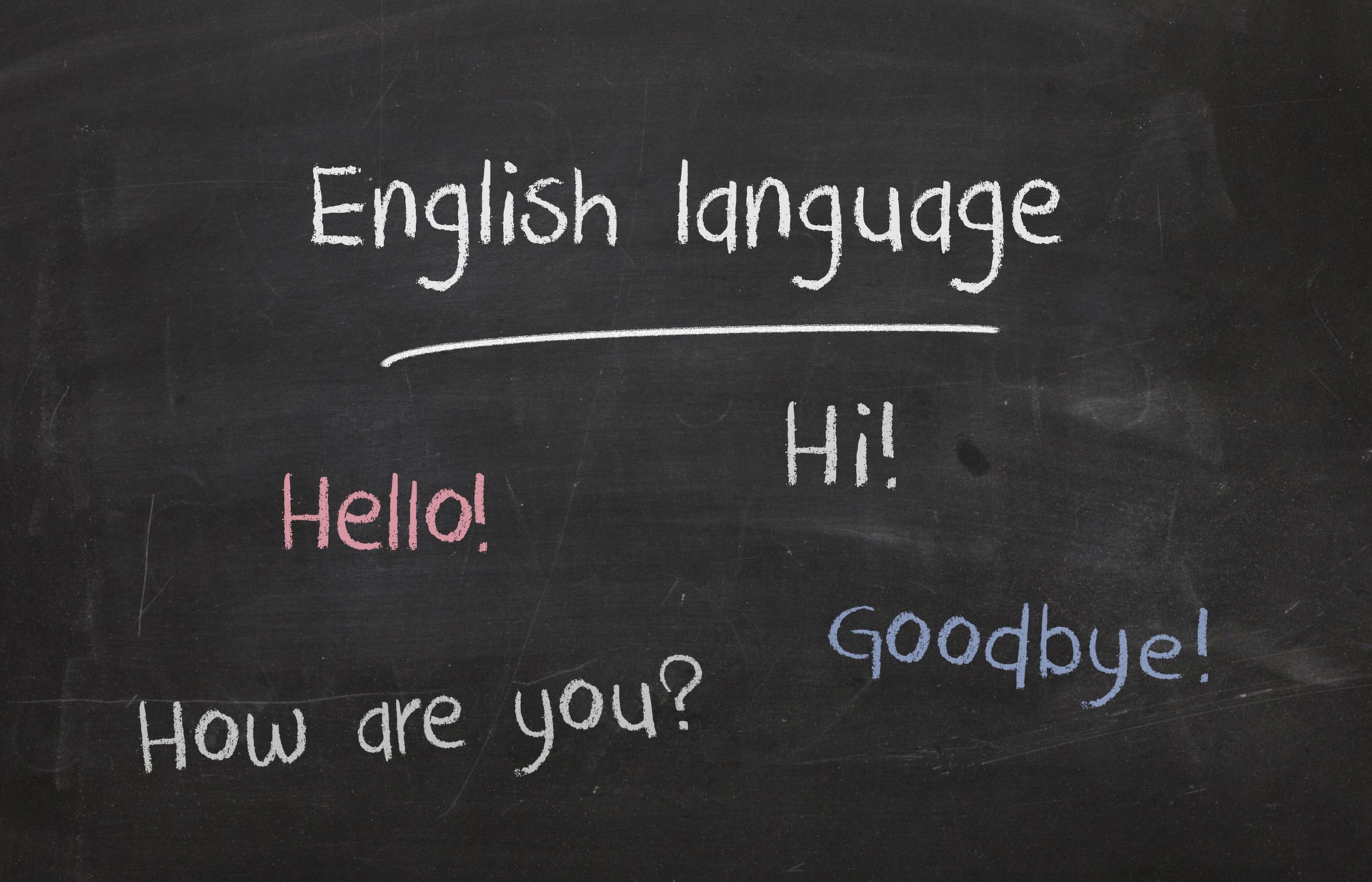


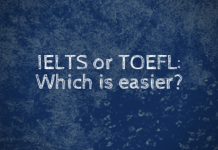












 Authored By:
Dr Mayuri Pandya
Dean
Faculty of Law School,
Authored By:
Dr Mayuri Pandya
Dean
Faculty of Law School, 

 Authored By:
Attributed by Prof. Dishan Kamdar
Vice Chancellor
Authored By:
Attributed by Prof. Dishan Kamdar
Vice Chancellor


 Authored By: Prof. Ashok Kumar Harnal
[B.Tech- IIT Delhi; M.Phil (Social Sciences); MA (Economics)]
FORE School of Management
Authored By: Prof. Ashok Kumar Harnal
[B.Tech- IIT Delhi; M.Phil (Social Sciences); MA (Economics)]
FORE School of Management


